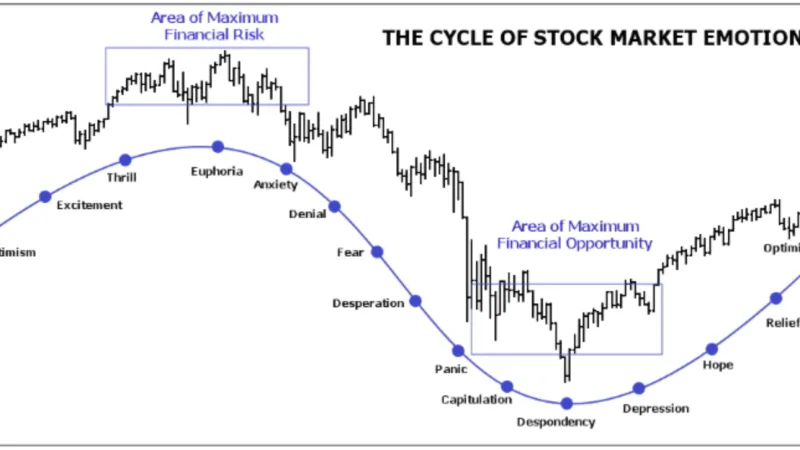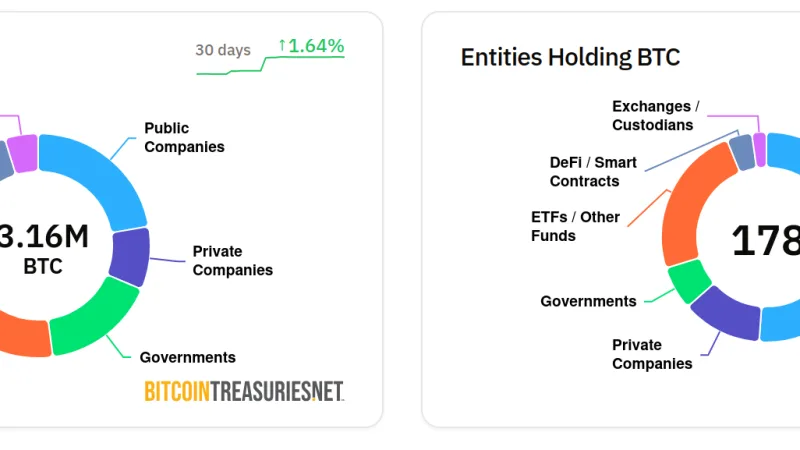Why Olive Oil Prices are on the Rise

The price of olive oil has been steadily rising, despite the fact that other consumer goods have become cheaper. This trend can be attributed to a phenomenon known as heatflation, where extreme heat negatively affects crop yields and leads to higher food prices. Spain, the world’s largest olive oil producer, has been severely impacted by a yearlong drought and a spring of intense heat. As a result, olive oil production in Spain has decreased significantly, causing concerns that the country’s inventory may run out before the next harvest in October.
This shortage of olive oil is not only a crisis for Spaniards, who heavily rely on it in their cuisine, but also for the rest of the world as Spain is responsible for about half of the global supply. Cooks worldwide are now paying a premium for olive oil, which has reached record prices of $8,600 per metric ton. This is more than double the price from a year ago and nearly 14 times more expensive than crude oil.
Spanish Drought and Heatwave
The abnormal increase in olive oil prices can be attributed to the prolonged, intense heat and drought conditions experienced in Spain. These extreme weather events are becoming more frequent due to climate change, affecting not only olive oil production but also other crops and condiments. For instance, dry conditions in Mexico have led to a shortage of peppers, resulting in a sriracha shortage in the United States. Additionally, Georgia’s peaches, which require a certain amount of cool weather to blossom, have been decimated by record warming.
While olive trees are accustomed to heat and require less water compared to other crops, they too have their limits. Temperatures above 86 degrees Fahrenheit can hinder the trees’ ability to convert sunlight into energy, and extended dry periods can prevent them from producing shoots, buds, flowers, and fruit. These challenges highlight the vulnerability of the agricultural sector to the effects of climate change.
As a result of these climate-related challenges, grocery store shelves may face shortages, and food prices are likely to rise. Items such as ketchup, coffee, and wine could also be at risk. The impact of climate change on the food industry is a pressing issue that requires attention and proactive solutions to ensure food security in the future.
Climate Challenges for Olive Growers in Mediterranean
Growers in the Mediterranean, which is experiencing climatic warming at a rate 20 percent higher than the rest of the world, are facing significant challenges. This region is responsible for 95 percent of the world’s olive oil production, making it particularly vulnerable to climate change. Tunisia, for example, has witnessed a 60 percent decline in grain harvests due to drought. In Italy, dry conditions resulted in poor yields for wheat and rice farmers last year. These agricultural products have long contributed to Italy’s culinary traditions of pizza, pasta, and risotto. This summer, farmers in Italy have had to confront extreme heat, historic floods, and unexpected hailstorms. According to Davide Cammarano, a professor of agroecology at Aarhus University in Denmark, managing crop production in the Mediterranean has become increasingly challenging due to the variability in weather patterns.
Rising Temperatures, Falling Tomato Production
A study conducted by Cammarano and his colleagues revealed that rising temperatures could reduce the production of processing tomatoes, used in making tomato sauce and ketchup, by 6 percent in Italy, the U.S., and other countries within the next thirty years. Spain’s olive growers have been particularly impacted this year. Between October and May, the country experienced 28 percent less rainfall than usual, with the driest conditions occurring in southern regions known for olive cultivation. Primitivo Fernandez, head of Spain’s National Association of Edible Oil Bottlers, referred to the situation as a catastrophe. Spain recorded its hottest April on record, with temperatures exceeding 100 degrees Fahrenheit, and the heat has continued to intensify. Researchers predict that olives from the Iberian Peninsula to Lebanon will continue to suffer from drought and heat waves associated with climate change.
Olive Oil Challenges Around the Globe
Similarly, hot and dry conditions last year affected olive groves not only in Spain but also in Italy and Portugal, both of which are among the world’s top four olive oil producers. In the United States, olive farmers also face concerns regarding severe weather, although most American orchards are irrigated, making them more resistant to drought compared to those in Spain that rely on rainfall. Nonetheless, olive producers in California, which accounts for the largest olive production in the country but contributes less than 3 percent of domestic olive oil consumption, harvested one-fifth less than their historic average this season. This can be attributed to years of insufficient rainfall, leading to drying wells for some farmers. While winter and spring storms in California alleviated the drought, they also impeded flowering and potentially reduced the oil content in each olive.
Jim Lipman, chief operating officer at California Olive Ranch, the country’s largest olive oil producer, mentioned that despite these challenges, the European demand for California oil remains high, and the upcoming harvest season, starting in October, looks promising. However, the last five seasons have seen two crop disasters due to early warming followed by frost.
At Burroughs Family Farm in Denair, California, production has remained relatively steady in recent years. However, due to an unusually high amount of rain, this year’s olive yield has been slightly lower than usual. Benina Montes, managing partner at the farm, noted that in a good year, their 10 acres of olives produce up to 40 tons of oil, but this year they only yielded about three-quarters of that. Montes was unaware of the olive oil shortage in Europe but suspects that the increased demand resulting from Spain’s low inventory might have benefited her business. She mentioned that their olive oil has been selling well on Amazon.
Overall, the challenges faced by Mediterranean growers, especially olive producers, highlight how climate change is affecting agricultural practices. This is leading to variability in crop yields and increased vulnerability for farmers worldwide.






